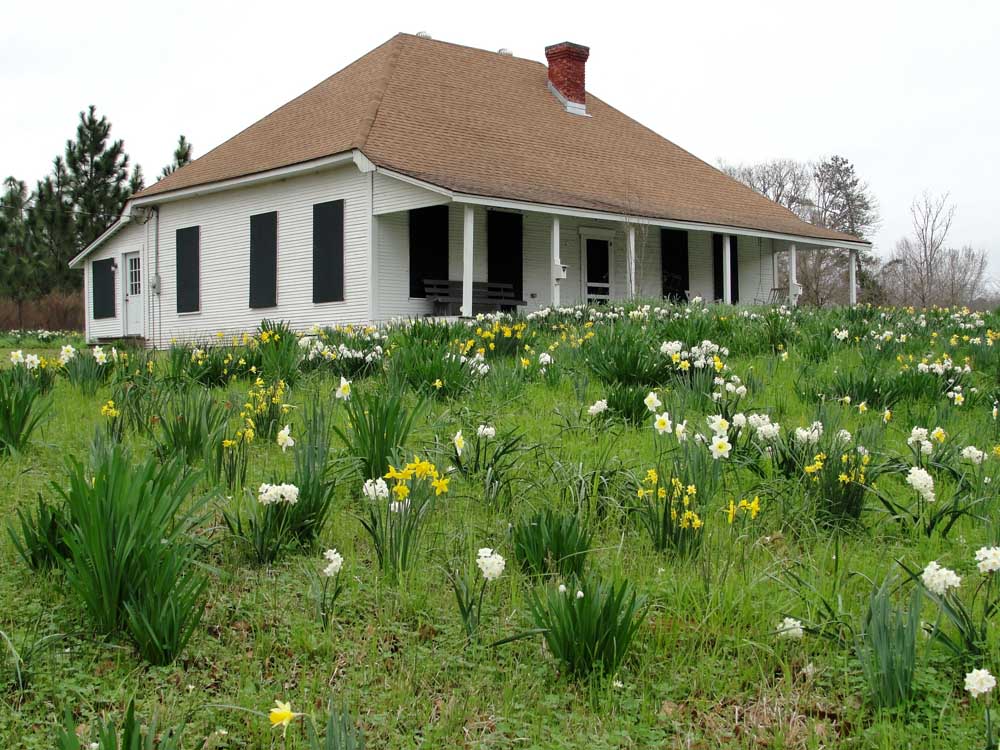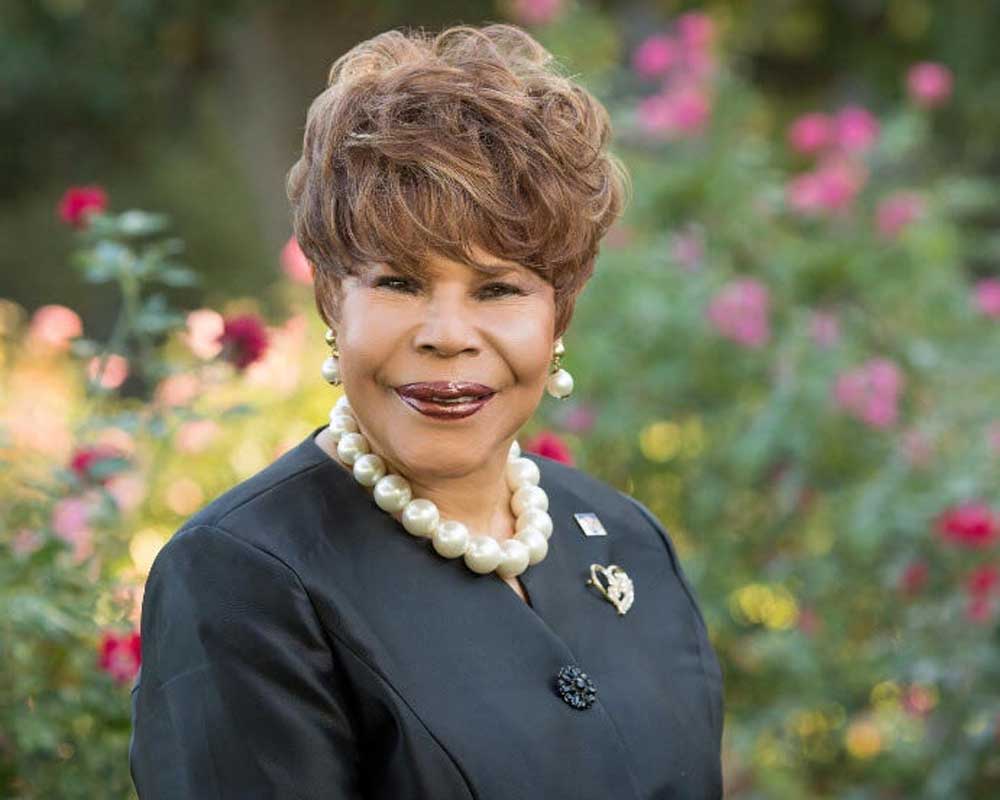Fall is time for planting bulbs
Published 7:13 pm Tuesday, September 28, 2021

- Bulbs are among the easiest to grow and longest lived of all East Texas garden flowers.
You may or may not have heard the expression “Fall is for planting.” It’s not the case for all plants, but it certainly is for hardy trees, shrubs, vines, cool-season annuals and vegetables and certainly for spring blooming bulbs.
I’ve been in love with flowering bulbs since first seeing them around old homeplaces in East Texas and finding out how easy it was to grow these Texas tough heirlooms. Let’s take a look at what bulbs are and some definitions that go along with them.
Trending
• Bulb: A herbaceous plant with a fleshy underground storage organ made up of modified leaves. This includes both annual and perennial types. Examples are daffodils, amaryllis, and lilies. This designation often loosely includes other types of storage organs including tubers (caladiums), corms (gladiolus), rhizomes (iris) and tuberous roots (daylilies).
• Annual bulb: A bulbous plant that is only useful for one season (doesn’t reliably return and bloom each year). Some common examples are tulips, Dutch hyacinths and caladiums.
• Short-lived bulb: A bulbous plant that only performs well for a few years and gradually declines. This includes certain large-flowered daffodils, most true lilies, and most gladiolus.
• Spring bulbs: Those bulbs that bloom in the late winter or early spring. Most of these grow foliage during the winter and spring and go dormant in the summer. Examples are jonquils, snowflakes and narcissus.
• Summer bulbs: Those bulbs that grow and bloom during the late spring and summer. Most of these are tropical in origin, go dormant during the winter, are somewhat tender, and are grown primarily outdoors only in the South. Examples include crinums, hymenocallis and cannas.
• Fall bulbs: Those bulbs that bloom in the late summer and fall after a summer drought induced dormancy. They normally bloom without foliage and grow foliage during the fall and winter. They do not want summer irrigation. Some examples are spider lilies (Lycoris), oxblood lilies and rain lilies.
Trending
• Naturalize: When bulbs multiply and spread on their own from seed to seemingly grow “wild.”
• Perennialize: When bulbs return each year as perennials but may or may not naturalize. There are many good perennial bulbs that are sterile hybrids and set no seed.
• Characteristics of bulbs: Easy, low maintenance, drought-tolerant, light feeders, more expensive, long lived and mostly propagated by division.
• Soil requirements: Most are not particular. Good drainage is best for most of them. Annual types require fertile, organic, well-drained mix such as potting soil.
If you’d like to learn more about bulbs, plan to attend the Smith County Master Gardeners’ First Tuesday in the Garden on Tuesday, Oct. 5, from noon till 1 p.m. in the IDEA Garden where yours truly will present “Bulbs 101.” I will discuss the different types that grow well in East Texas and how to best care for them. Seating is limited, so bring a chair.
The IDEA Garden is part of the Tyler Botanical Garden and is located in the southeast corner of the Tyler Rose Garden at the corner of Houston and Peach Streets. The garden and program are free and open to the public.
(Greg Grant is the Smith County horticulturist for the Texas A&M AgriLife Extension Service. He is author of Texas Fruit and Vegetable Gardening, Heirloom Gardening in the South, and The Rose Rustlers. You can follow him on Facebook at “Greg Grant Gardens,” read his “Greg’s Ramblings” blog at arborgate.com, and read his “In Greg’s Garden” in each issue of Texas Gardener magazine (texasgardener.com). More research-based lawn and gardening information from the Texas A&M AgriLife Extension Service can be found at aggieturf.tamu.edu and aggie-horticulture.tamu.edu.)






